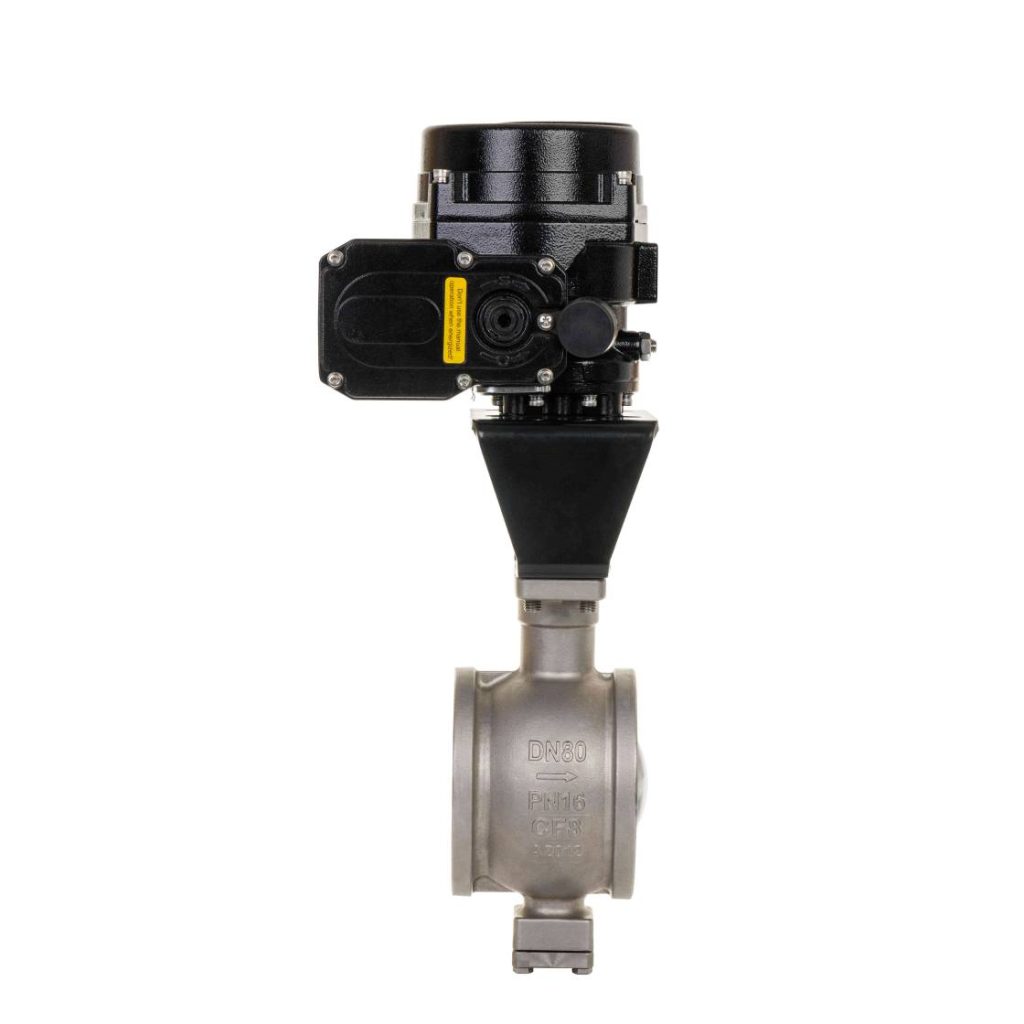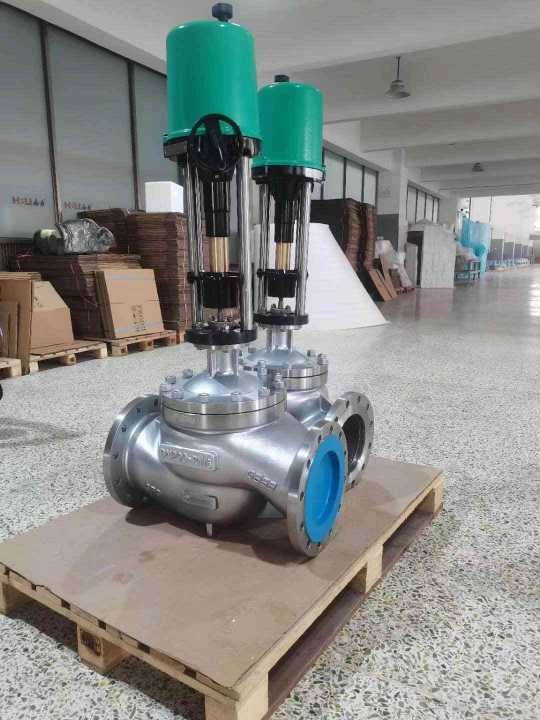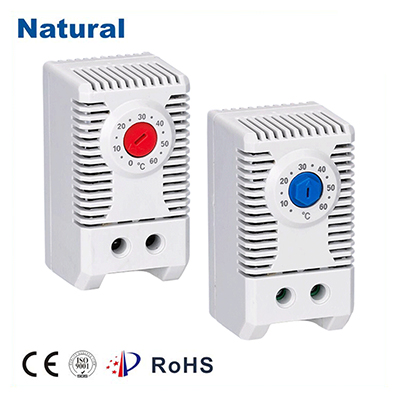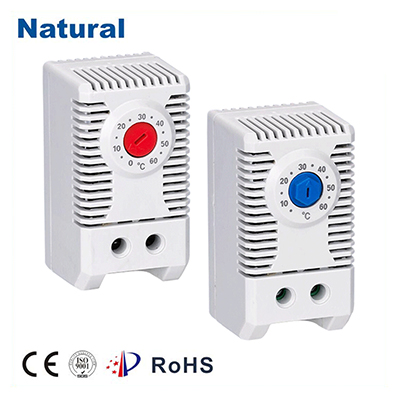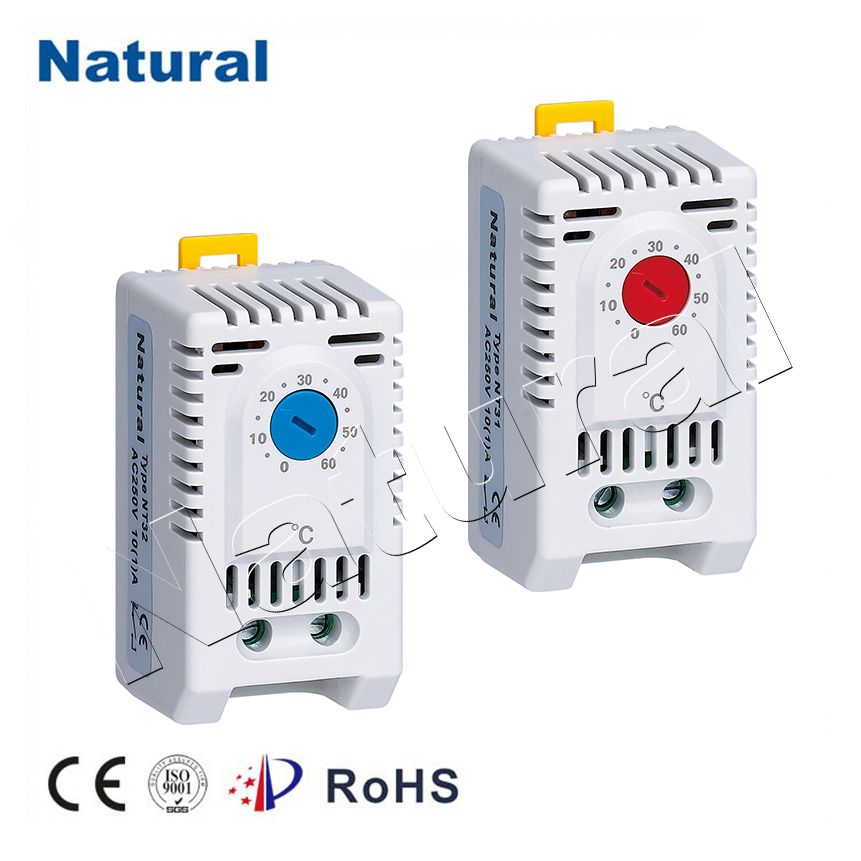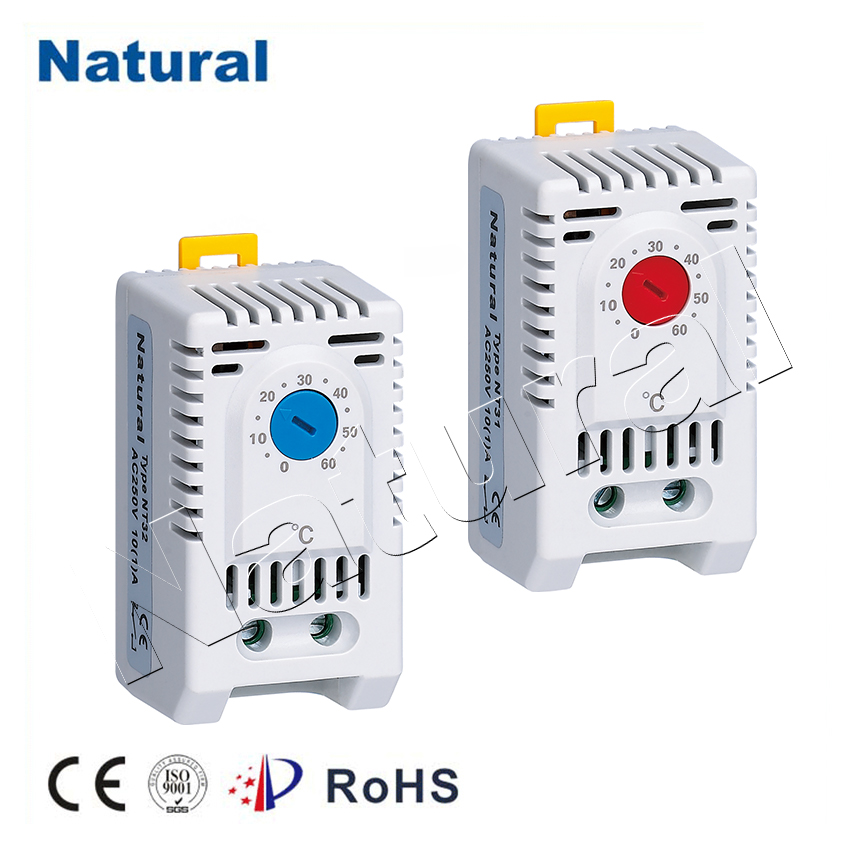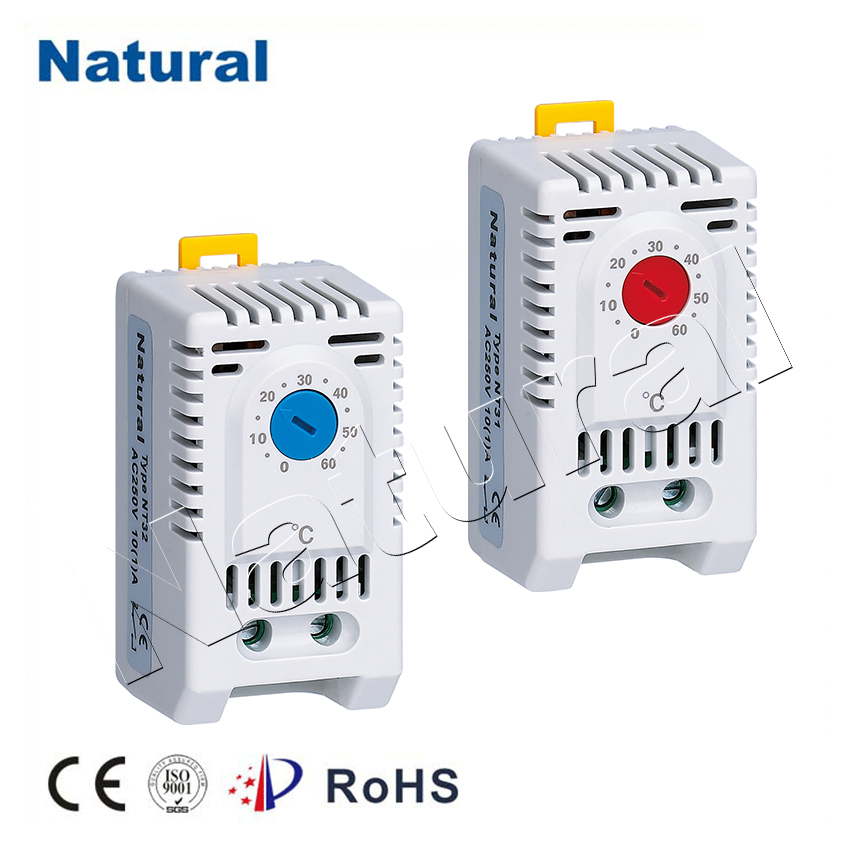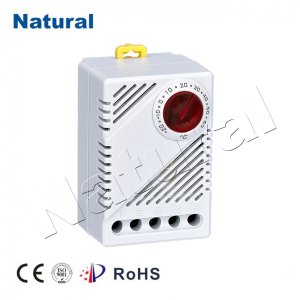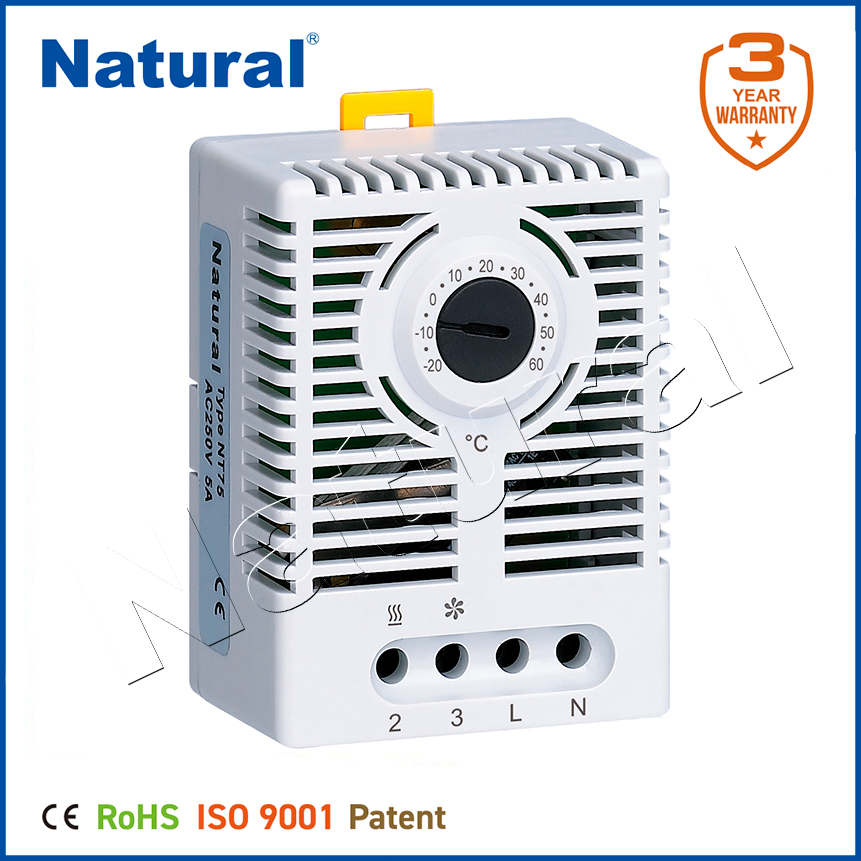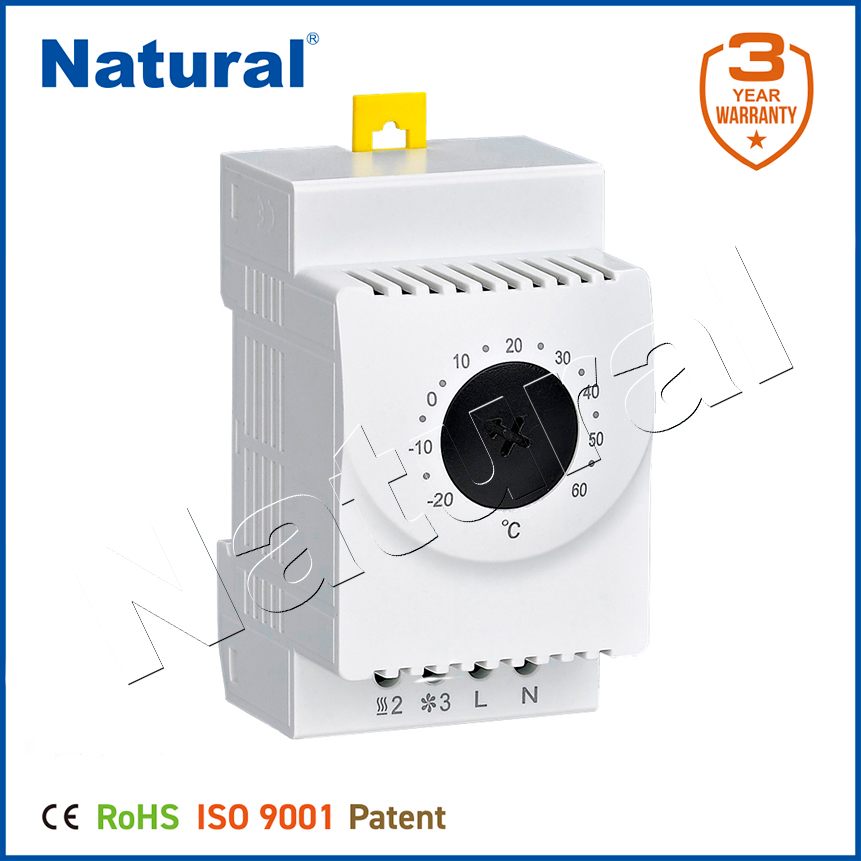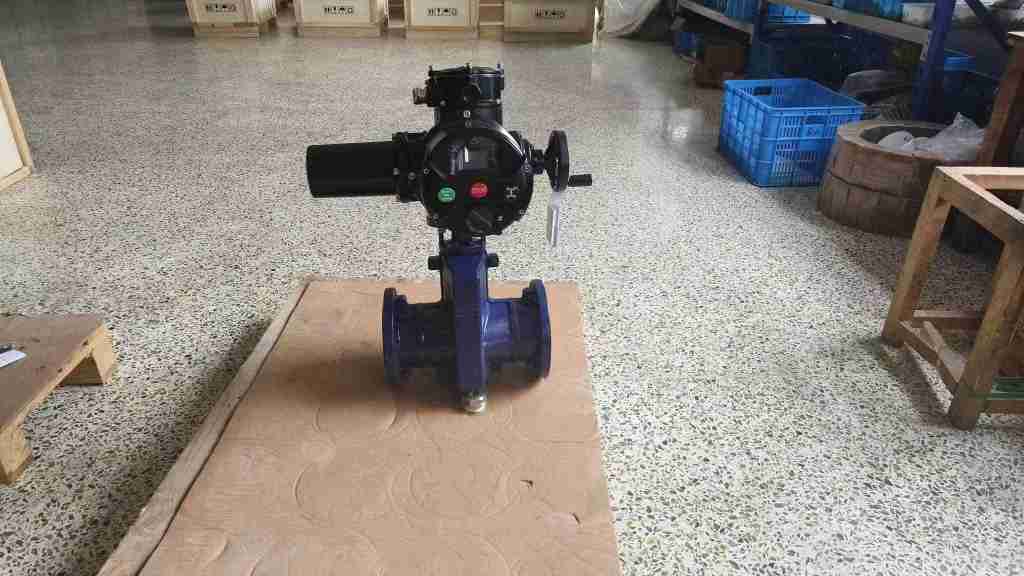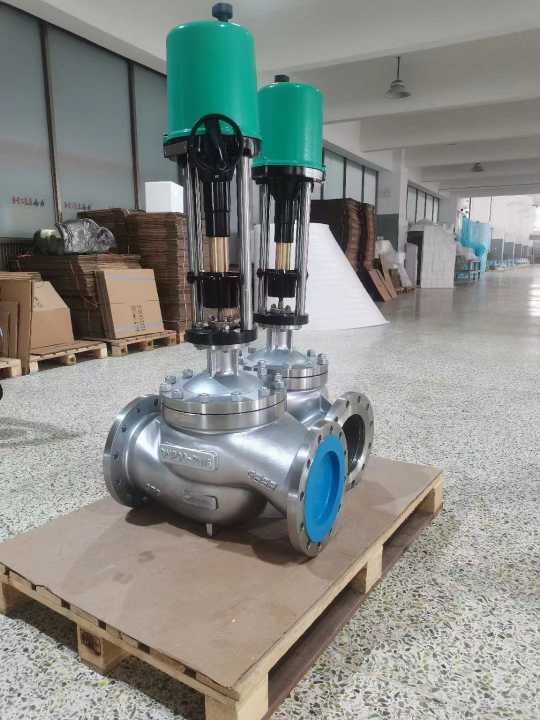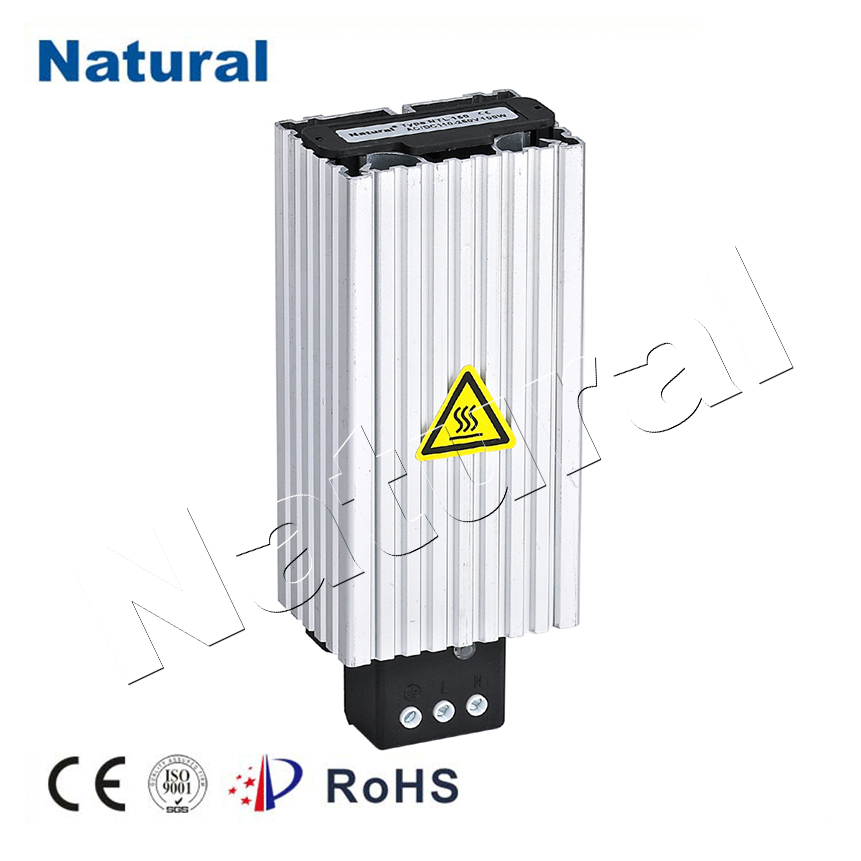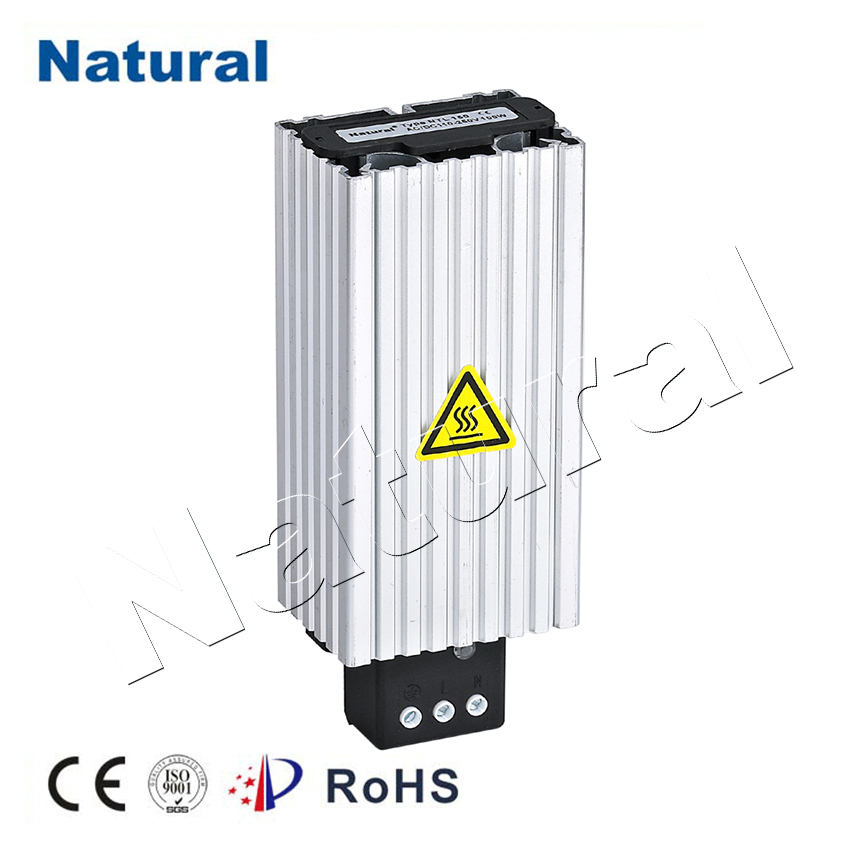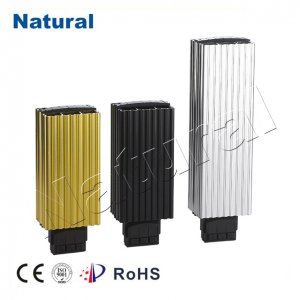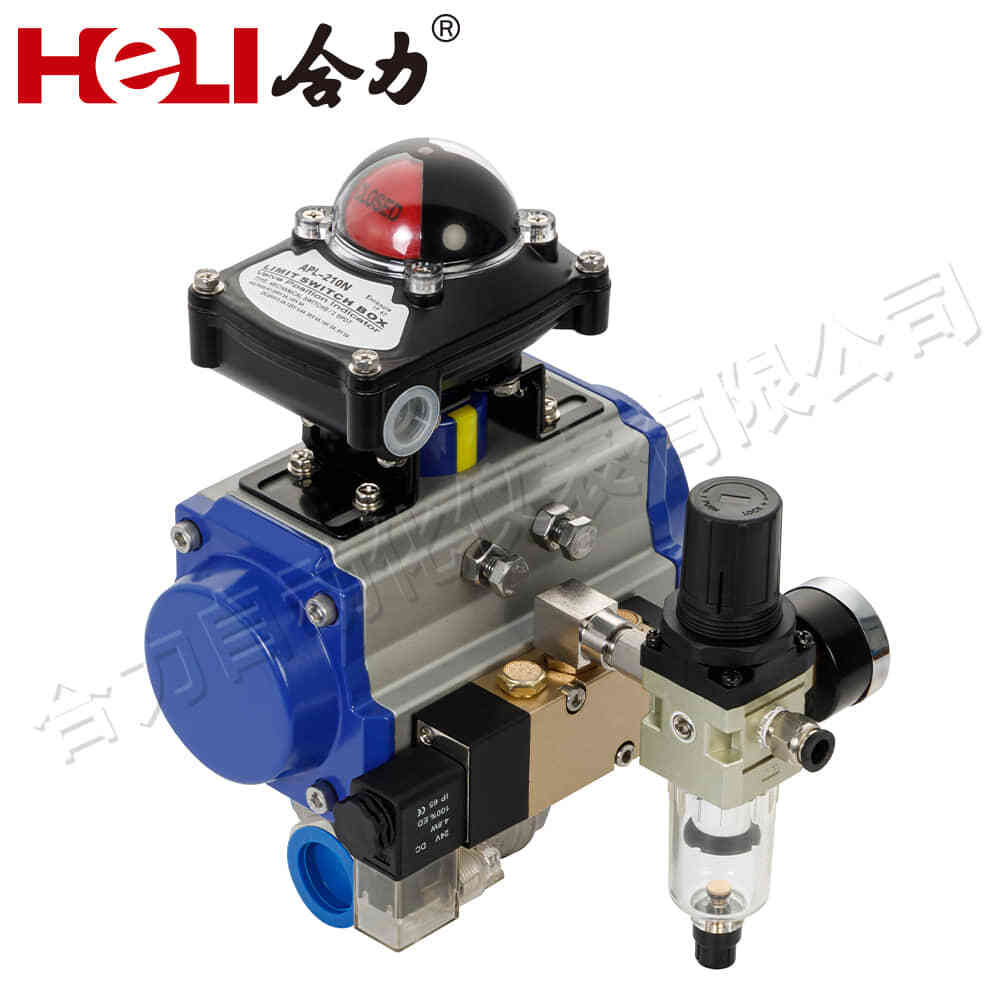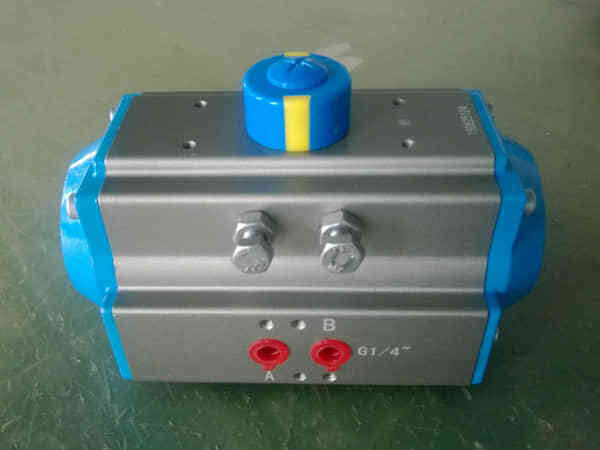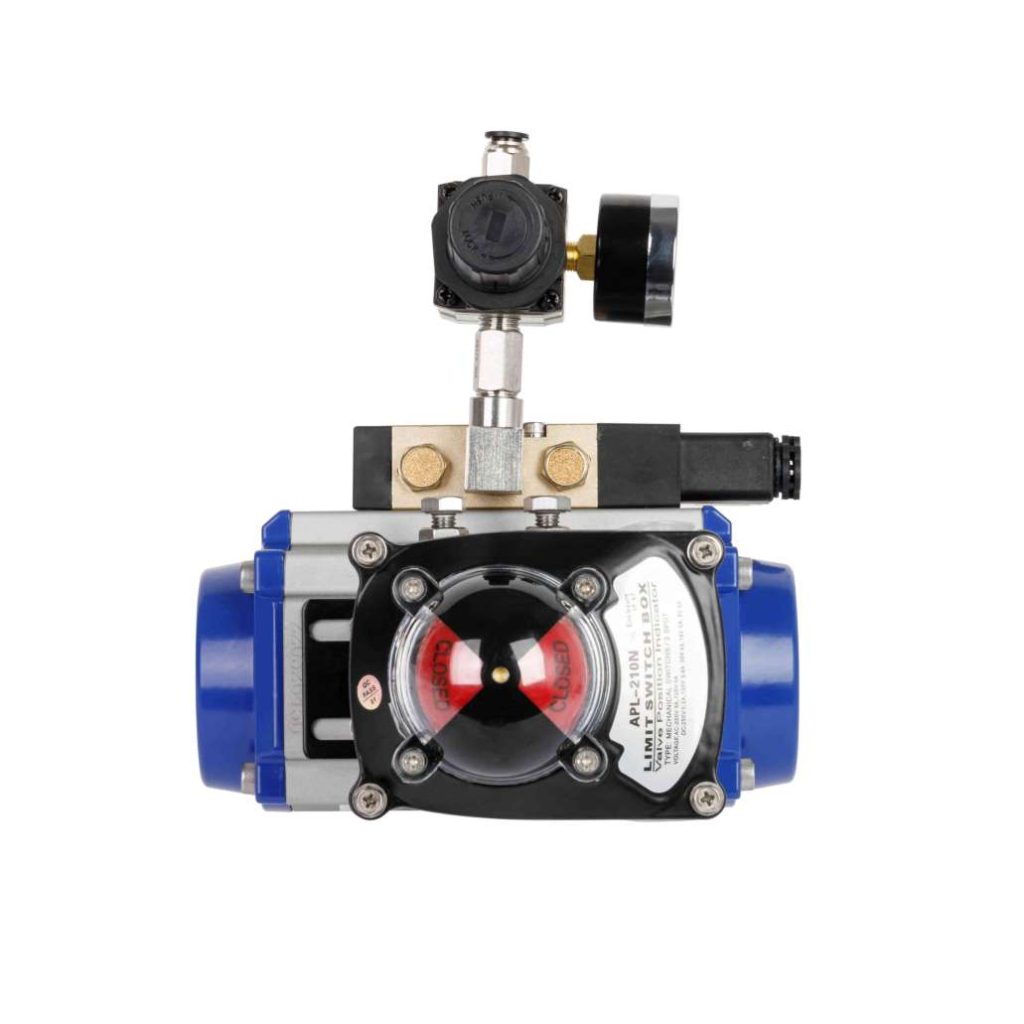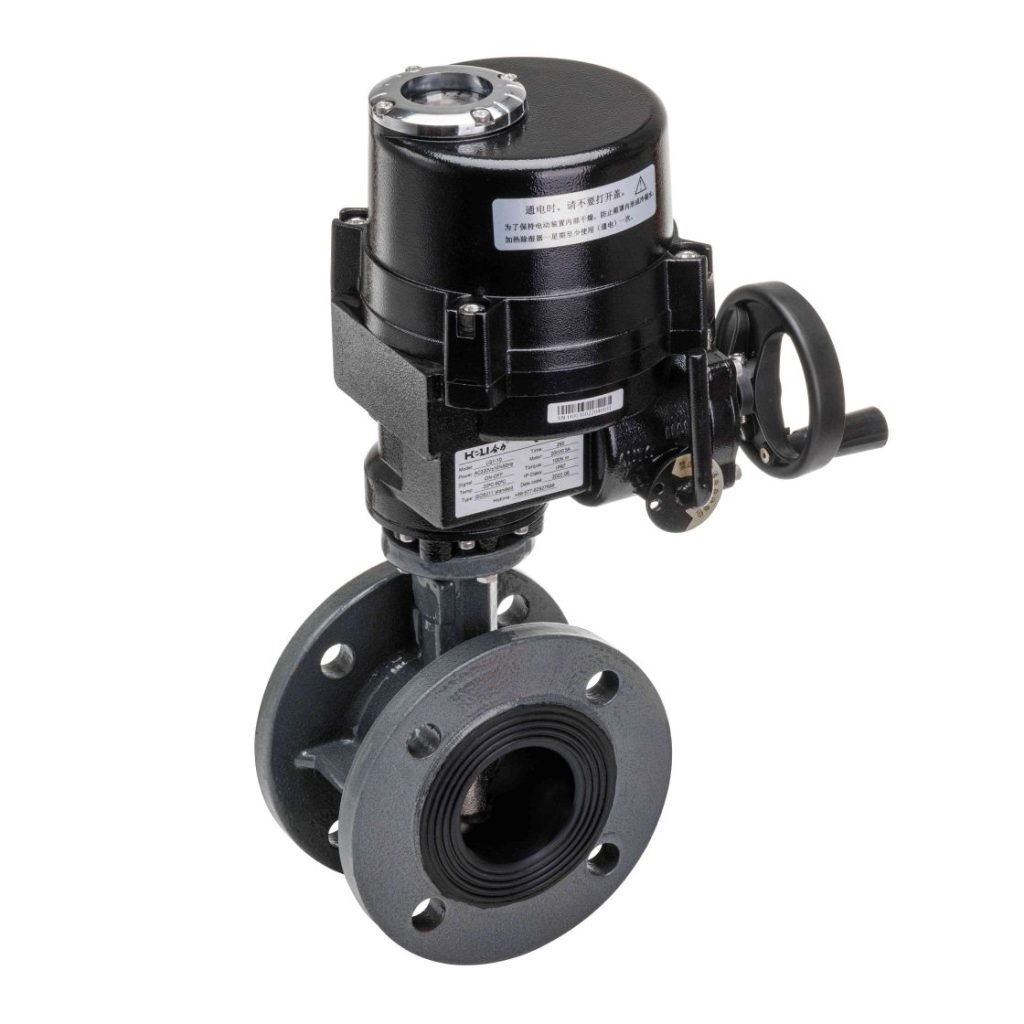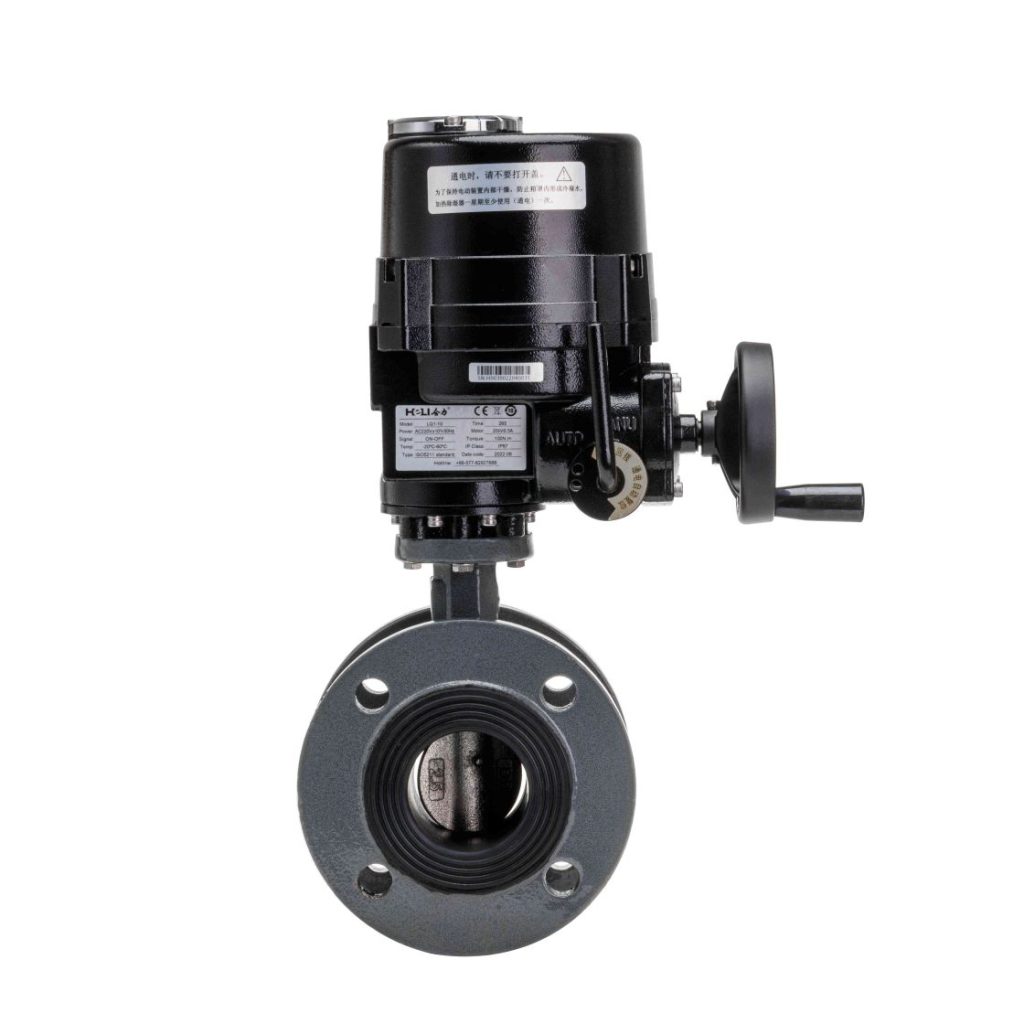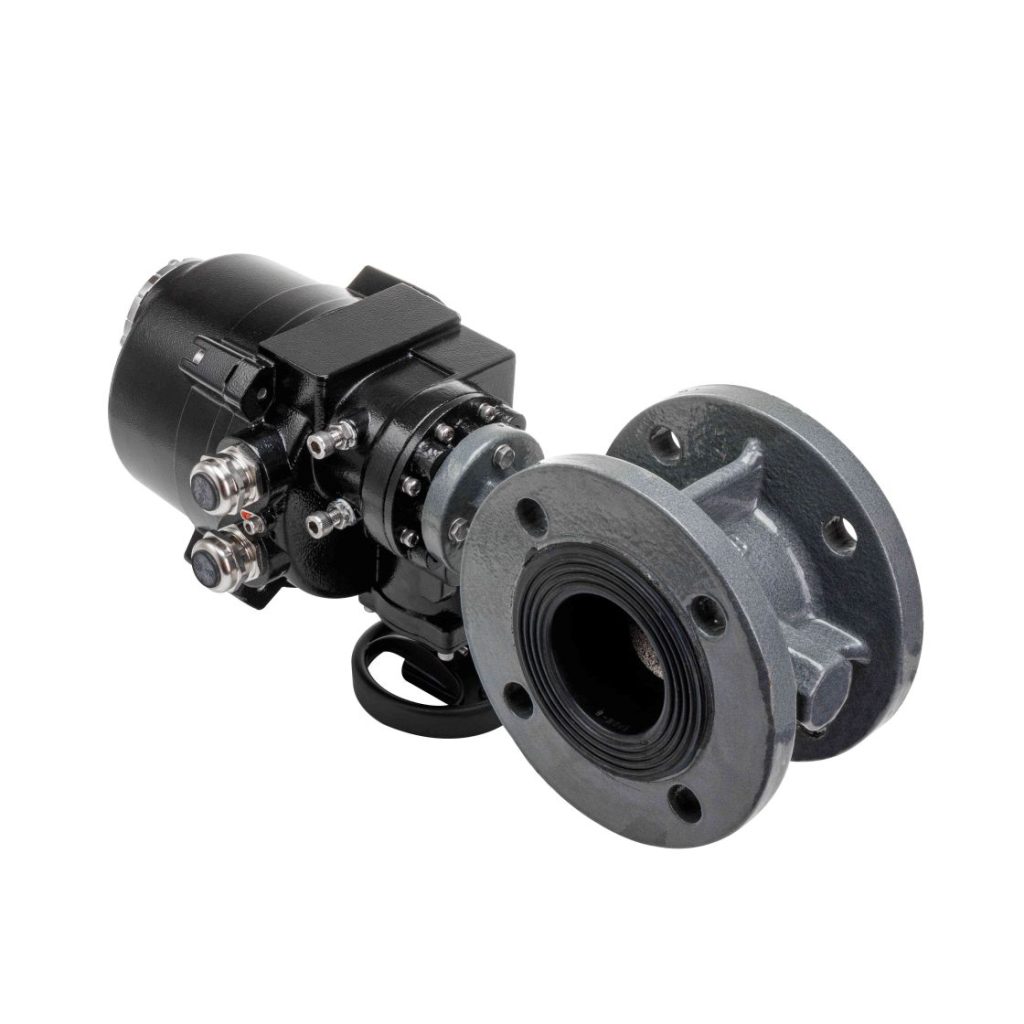In the rapidly evolving world of industrial automation, fluid control systems play a crucial role in maintaining efficiency and safety in various sectors, from manufacturing and HVAC to water treatment and chemical processing. Among the different types of control valves used in these systems, the Electric V-ball valve has gained considerable attention for its ability to precisely regulate the flow of liquids and gases. This article explores the significance of Electric V-ball valve ODM manufacturers, focusing on their role in the design, customization, and production of these essential components.
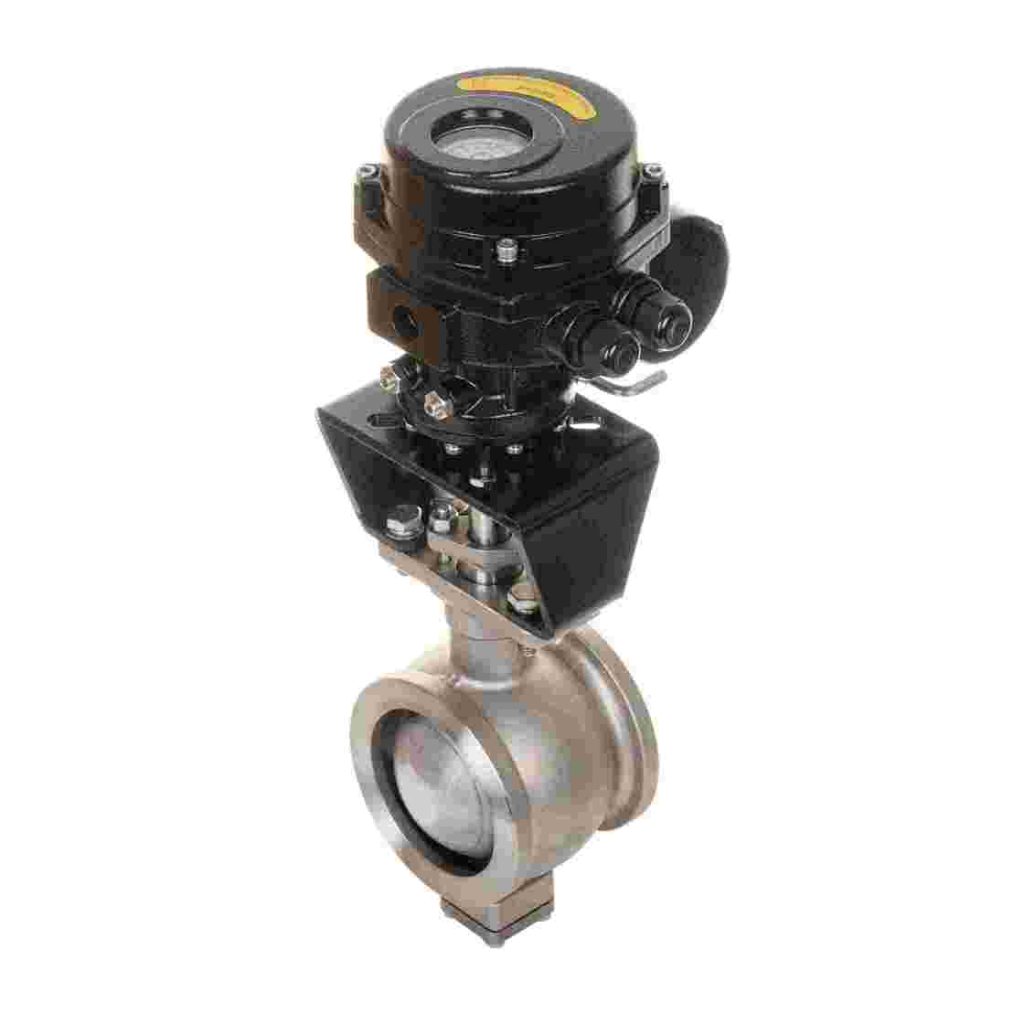
What is an Electric V-ball Valve?
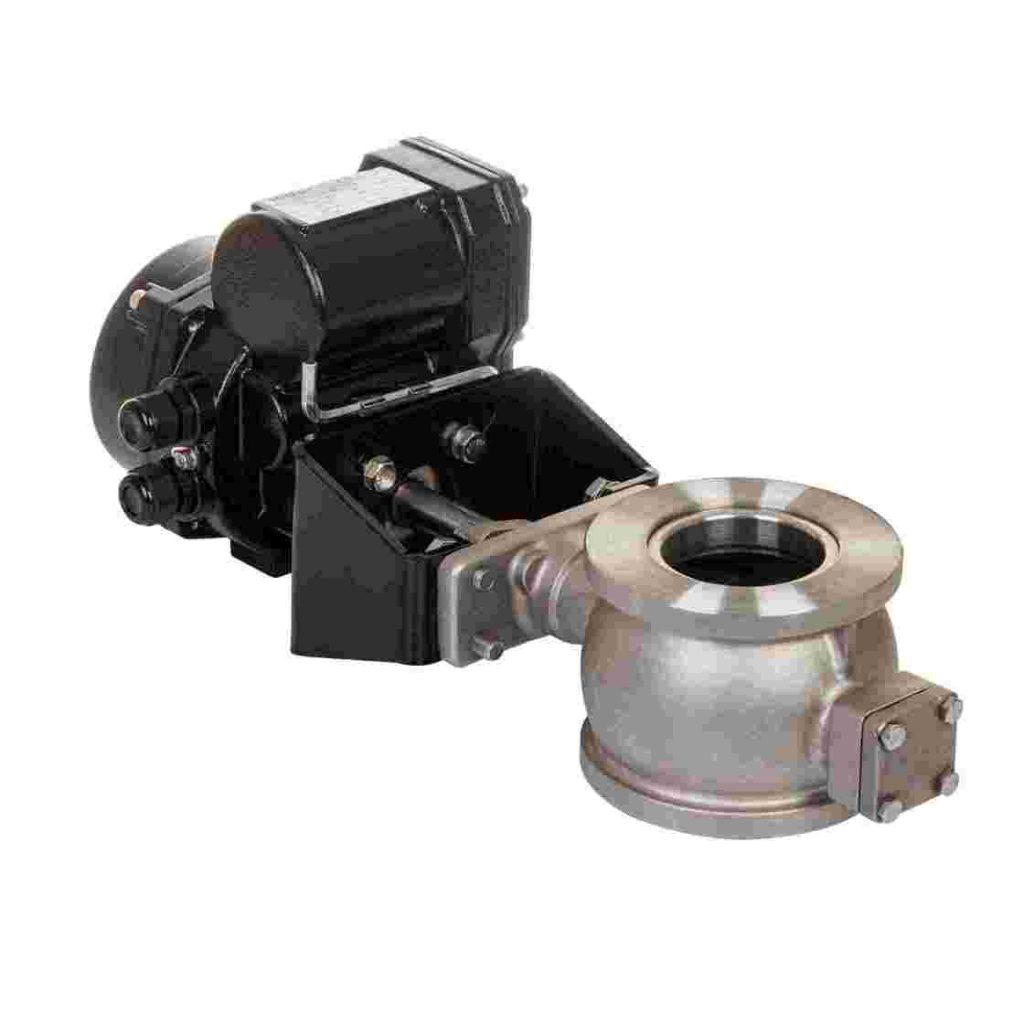
An Electric V-ball valve is a type of control valve that uses a V-shaped ball to modulate fluid flow. The unique shape of the ball allows for accurate control, making it particularly useful in applications where flow regulation is critical. This type of valve combines the features of a traditional ball valve with the added precision of an electric actuator, offering automated control over the flow of liquids or gases. The electric actuator is typically powered by an electric motor and works in conjunction with a control system to adjust the valve’s position. This precise control is especially important in systems where variable flow rates are required, such as in heating, ventilation, and air conditioning (HVAC) systems, water treatment plants, or chemical reactors.
